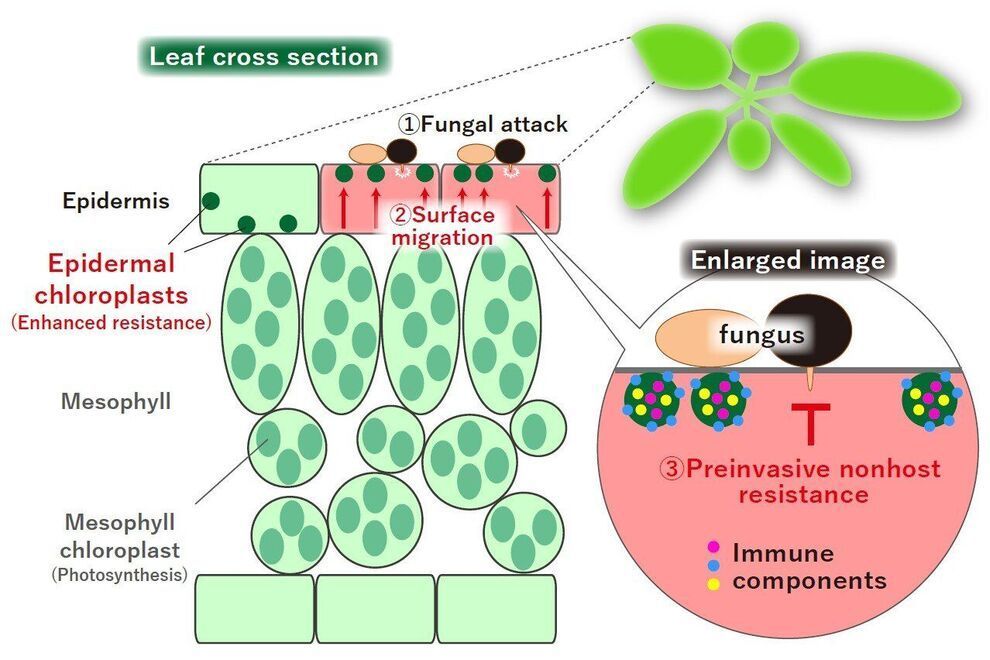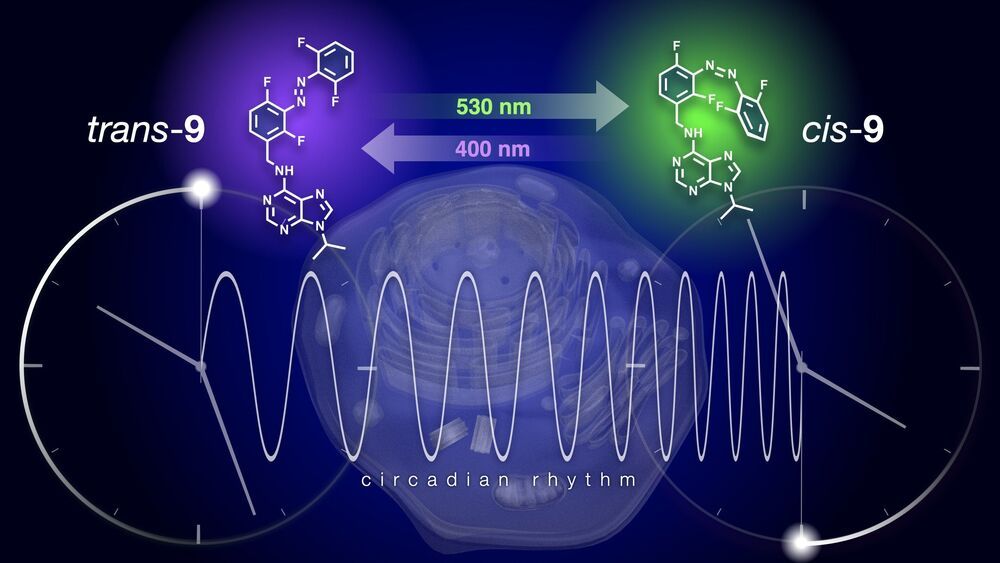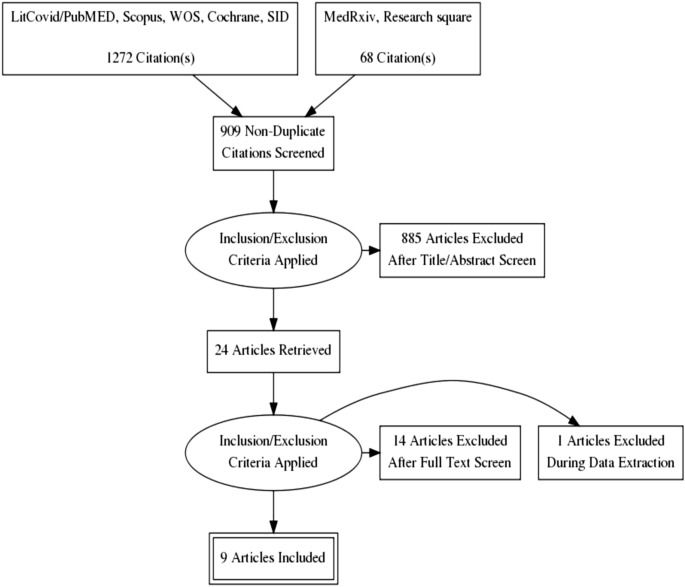For the first time, researchers have successfully sequenced the entire genome from the skull of Peştera Muierii 1, a woman who lived in today’s Romania 35000 years ago. Her high genetic diversity shows that the out of Africa migration was not the great bottleneck in human development but rather this occurred during and after the most recent Ice Age. This is the finding of a new study led by Mattias Jakobsson at Uppsala University and being published in Current Biology.
“She is a bit more like modern-day Europeans than the individuals in Europe 5000 years earlier, but the difference is much less than we had thought. We can see that she is not a direct ancestor of modern Europeans, but she is a predecessor of the hunter-gathers that lived in Europe until the end of the last Ice Age,” says Mattias Jakobsson, professor at the Department of Organismal Biology at Uppsala University and the head of the study.
Very few complete genomes older than 30000 years have been sequenced. Now that the research team can read the entire genome from Peştera Muierii 1 (see the fact box below), they can see similarities with modern humans in Europe while also seeing that she is not a direct ancestor. In previous studies, other researchers observed that the shape of her cranium has similarities with both modern humans and Neanderthals. For this reason, they assumed that she had a greater fraction of Neanderthal ancestry than other contemporaries, making her stand out from the norm. But the genetic analysis in the current study shows that she has the same low level of Neanderthal DNA as most other individuals living in her time. Compared with the remains from some individuals who lived 5000 years earlier, such as Peştera Oase 1, she had only half as much Neanderthal ancestry.









